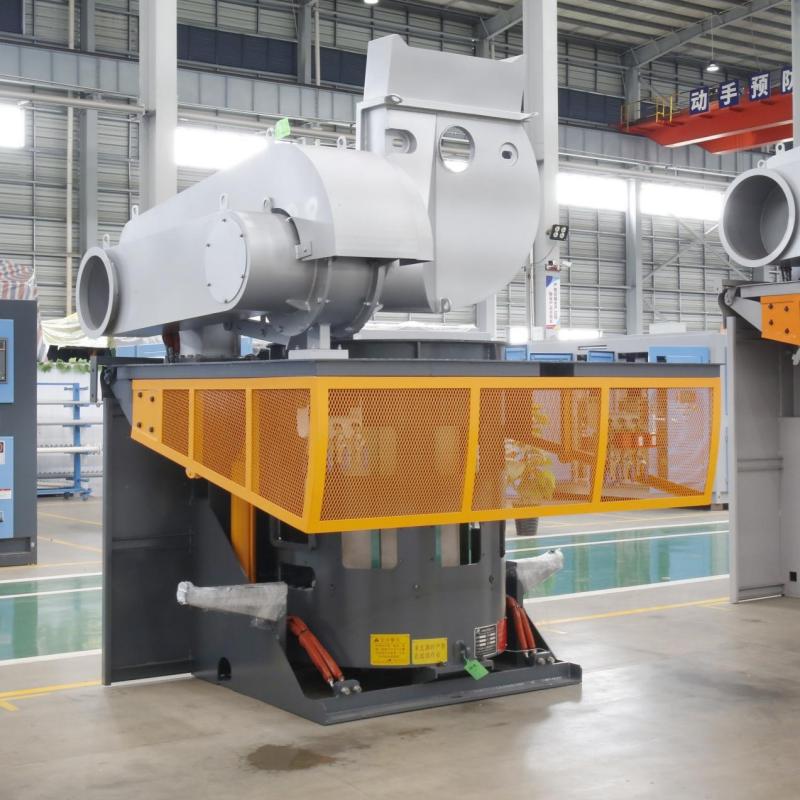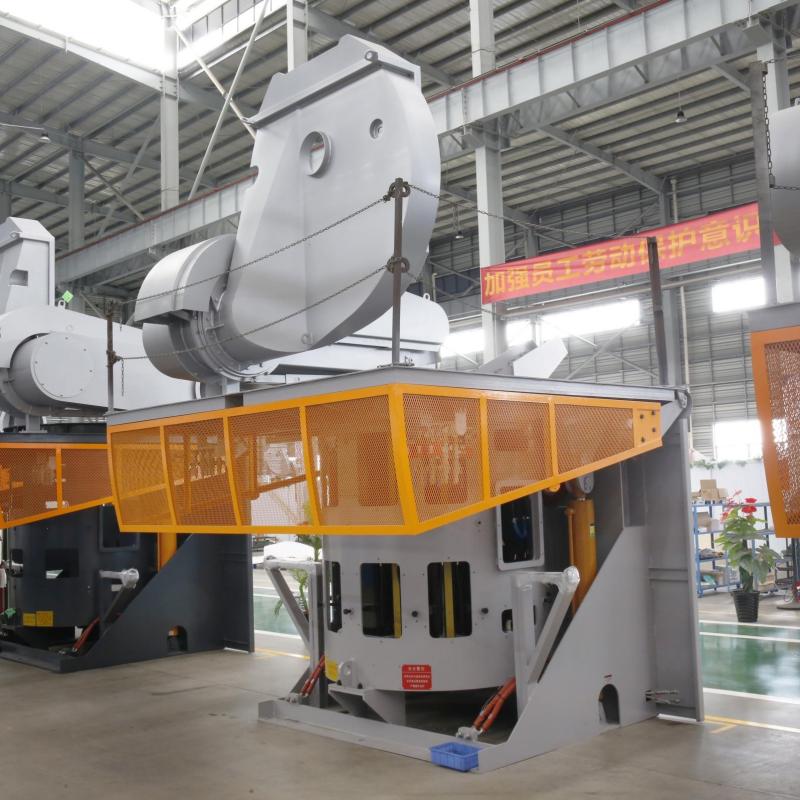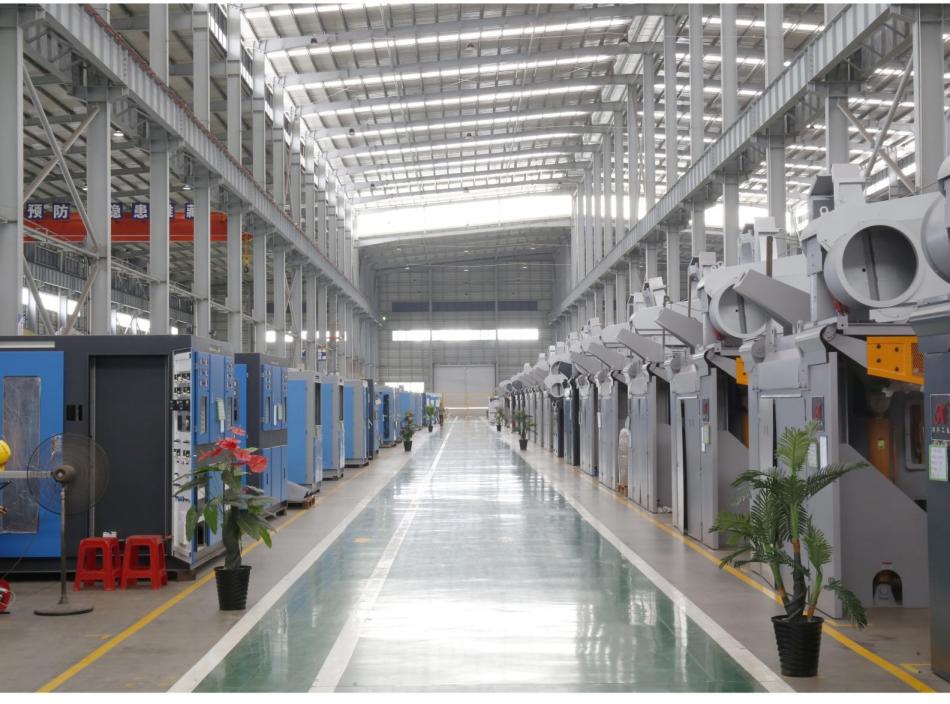
Rongke Industrial Automatic Pouring Systems for Foundry: Best Choice
Why It’s Important to Make the Right Selection of Industrial Automatic Pouring?
Today’s foundries have to compete with the objectives of increasing productivity with better quality and safety in the faster advancing industrial world. Without a doubt, one of the largest developments in present day foundries is the concept of Industrial Automatic Pouring Systems for Foundry. If you own or manage a foundry, this article will help you understand why you need an automatic pouring system, how to select a type well, and to successfully incorporate it into your operations.
What an industrial automatic pouring system?
Industrial automatic pouring system is an advanced tool. It is based on the mechanization of the process of pouring liquid metal into the mold and improves the efficiency of the foundry industry. The technology eliminates the traditional manual or semi-automatic dispensing techniques. Parameters such as speed, temperature and quantity can be controlled at the same time. These systems are particularly beneficial for foundries that process various metals and their alloys such as gray iron, ductile iron, etc. There is a series of pouring solutions starting from bottom-type unheated pour machines to pressurized pouring heating furnaces. The elements like vision system control, automatic liquid level compensation, and energy-efficient heating make a certain impact on the performance of foundries as total systems.
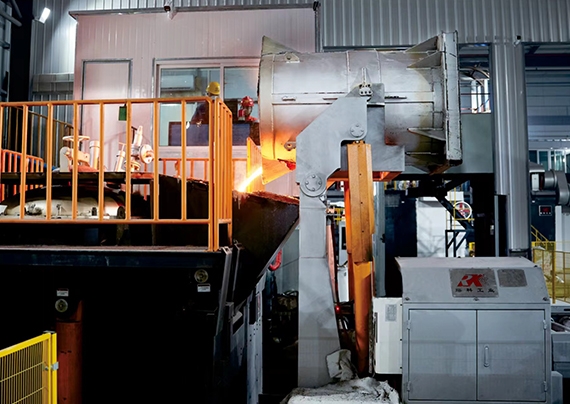
Benefits of Automatic Pouring Systems
Safety
Another important consideration in many occasions foundry workers exposure to hot drops or gases from molten metal. The customary pouring technique makes the workers work around the furnace area thus they are exposed to such risks as burns, poisonous fumes, and accidents. In automatic pouring systems, workers are completely alienated from the molten metal in the process of pouring. The system is fully automated to carry out the process of pouring the metal with fewer operators hence making the incidence of accidents very small. They can also incorporate safety devices that are auto operational to safeguard the working environment still further.
Accurate Pouring Control
Manual pouring exposes the system to a lot of wastage since the pouring maybe inaccurate, over-pouring or under-pouring. This not only wastes good amount of molten metal but also causes wastage of man hours and an increase in operating expenses. An Automatic Pouring System utilizes vision systems that make it possible to control the pouring and also ensure that the right amount of molten metal is poured on the molds. Precise pour allows avoiding of over- or under-filling to a large extent thus leading to minimizing material wastage.
Increased Pouring Speed
Automatic pouring systems have the objective of being very rapid and effective. One or the other system is capable of pouring molten metal into upto 600 molds per an hour, thus enhancing the production rates of a foundry. This speed increases efficiency and, presumably, also helps to cut on labor expenses. The fast pouring rates also enable the various foundries to be timely in delivery of their production schedules and adequately address market needs.
Enhanced quality together with higher yielding rate
Automatic pouring systems gives improved accuracy in the kind of temperature and quantity of molten metal that will be used. One common flaw of many castings is cracking, porosity or lack of solidification; and this normally arises from wrong pouring temperature. The use of Industrial Automatic Pouring Systems for Foundry makes it possible to adjust the pouring temperature to the early thin metal layers which gives the appropriate range of pouring temperature. By doing this we are able to boost the quality of the end product and increase the yield while at the same time reducing the rate of defective products.
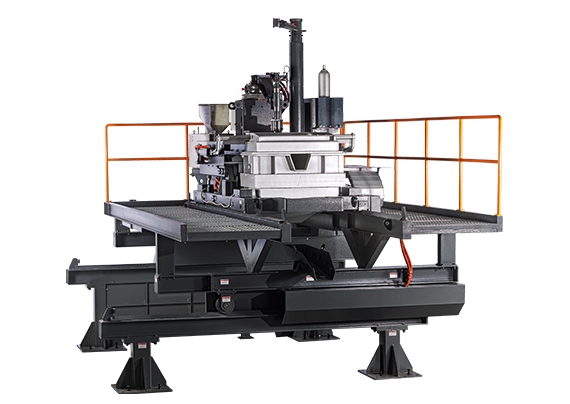
Selection Criteria for Automatic Pouring Systems for Use in Foundries
In choosing the right automatic pouring system to buy, the following criteria are significant since they affect the effectiveness of a foundry: Here’s a guide to help you make an informed decision:
Type of Metal Being Poured
Varying forms of the metal alloy are used by the various foundries and each of these commands different pouring procedures. For example, a gray iron foundry may need to use a different gating system than a ductile iron or even copper-based foundry. Last but not least is choosing a system that is appropriate for the type of molten metal you operate. Although some alloy systems are flexible and can be adapted to use different metals. But some alloy systems are manufactured for use with specific types of alloys.
Pouring Capacity and Speed
Think about the amount of molten metal to be poured and the rate at which one wishes to pour. Automatic pouring systems can be manufactured in sets of different production capacities. The rate of pouring is in terms of molds per hour. If you are in a situation where the rates of pouring for your foundry are higher, then it will be important to look at a system that can cater for this.
Energy efficiency for temperature control
The pouring process probably has one of the severest requirements in that it has to be done at certain temperatures. It is wise to look for a system with advanced temperature control mechanisms (including induction heating) and automatic temperature correction systems. A good system will help you control the pouring temperature steadily (if observed). Uses minimal energy and controls heat loss.
Safety Features
As molten metal handling is often associated with several hazards. It is therefore crucial to identify a system that best protects workers. Some elements to look for include the presence of an automatic shutoff system, visually guided pouring to ensure over- and under-pouring are eliminated, and safety guards to prevent worker contact with molten metal.
Why Rongke Automatic Pouring System is Essential for Your Foundry?
Rongke Automatic Pouring System offers a range of advanced features to optimize the pouring process in your foundry:
• Vision Align System: This feature enables true repeatability and accuracy. To avoid over pouring or under pouring a given amount.
• Energy Efficiency: First, the circuit takes a long time to charge and discharge, which may reduce production efficiency. Second, a circuit with low power consumption and easy maintenance is adopted.
• Flexible Design: Applicable to a wide range of alloys, with modular design for dismantling or exchanging parts according to the type of the molten material.
• Safety First: Allows no contact of the workers with molten metal and is protected by safety features such as mechanical safeguarding.
• Improved Yielding Rate: Stick to proper pouring temperatures and continually adjust pouring positions. To overcome common defects in products.
Conclusion
As the foundry industry increasingly demands higher efficiency, better quality and greater safety. Automatic pouring systems have become an indispensable tool for success. By improving safety, reducing waste, increasing pour speeds and optimizing energy use. These systems help improve productivity, cost-effectiveness and sustainability. Contact Rongke today to learn more about how our Industrial Automatic Pouring Systems for Foundry can enhance the performance and profitability of your foundry.


